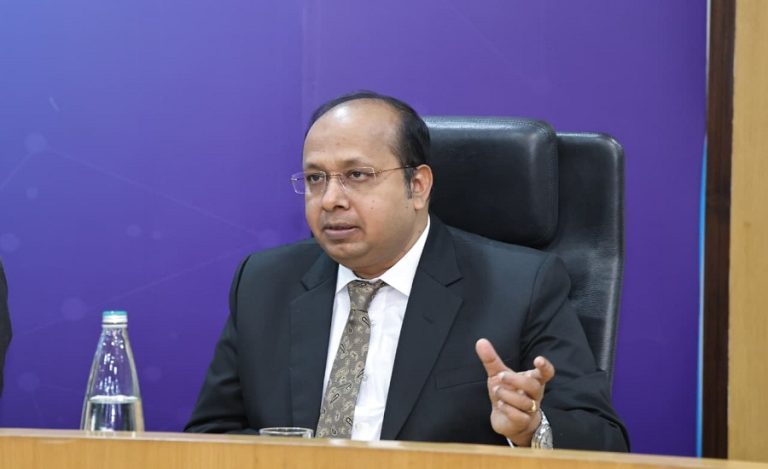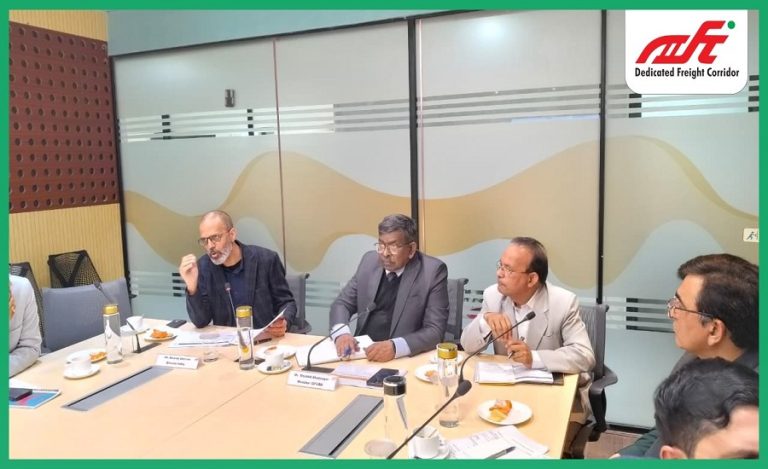Mumbai: The Reserve Bank of India (RBI) has normalized and simplified the Know Your Customer (KYC) updation process by amending its Master Direction on KYC, originally issued on February 25, 2016. The move aims to address growing customer grievances and streamline compliance for accounts under schemes like DBT, EBT, and PMJDY.
Addressing Large Pendency and Customer Complaints
The central bank observed a significant backlog in periodic KYC updates, especially in accounts linked to Direct Benefit Transfers (DBT) and the Pradhan Mantri Jan Dhan Yojana (PMJDY). Customers frequently reported difficulties in meeting KYC update requirements, prompting the RBI to revise the framework to enhance convenience without compromising security.
Key Changes in KYC Onboarding and Updation
Face-to-Face Mode:
- Customers can complete KYC using Aadhaar biometric-based e-KYC.
- A self-declaration for a different current address (from Aadhaar) is now acceptable.
Non-Face-to-Face (NFTF) Mode:
- Consent-based Aadhaar OTP-based e-KYC is permitted, subject to conditions.
- Such accounts require strict monitoring, and full Customer Due Diligence (CDD) must be completed within a year.
Digital & Non-Digital Alternatives:
- Use of KYC Identifier, DigiLocker documents, and other equivalent e-documents is allowed.
- NRIs and PIOs may submit certified physical copies of Officially Valid Documents (OVDs).
Streamlined KYC Updation
- Customers can now submit self-declarations confirming either “no change” or “only address change” in KYC information.
- Accepted via email, SMS, ATMs, online/mobile banking apps, letters, business correspondents, and other digital or physical means.
- KYC updates can be done at any branch of the Regulated Entity (RE) where the customer holds an account.
- Aadhaar OTP and Video-based Customer Identification Process (V-CIP) are allowed for KYC updates.
Focus on Convenience and Financial Inclusion
This overhaul is part of RBI’s broader commitment to financial inclusion, digital ease of access, and regulatory compliance. It is expected to particularly benefit customers in rural and remote areas, government scheme beneficiaries, and digitally active users, by removing bottlenecks in periodic KYC compliance.




























